The enduring appeal of Michigan vs. Ohio State
I and millions of other people in these two cold post-industrial states would not miss The Game for anything this side of heaven

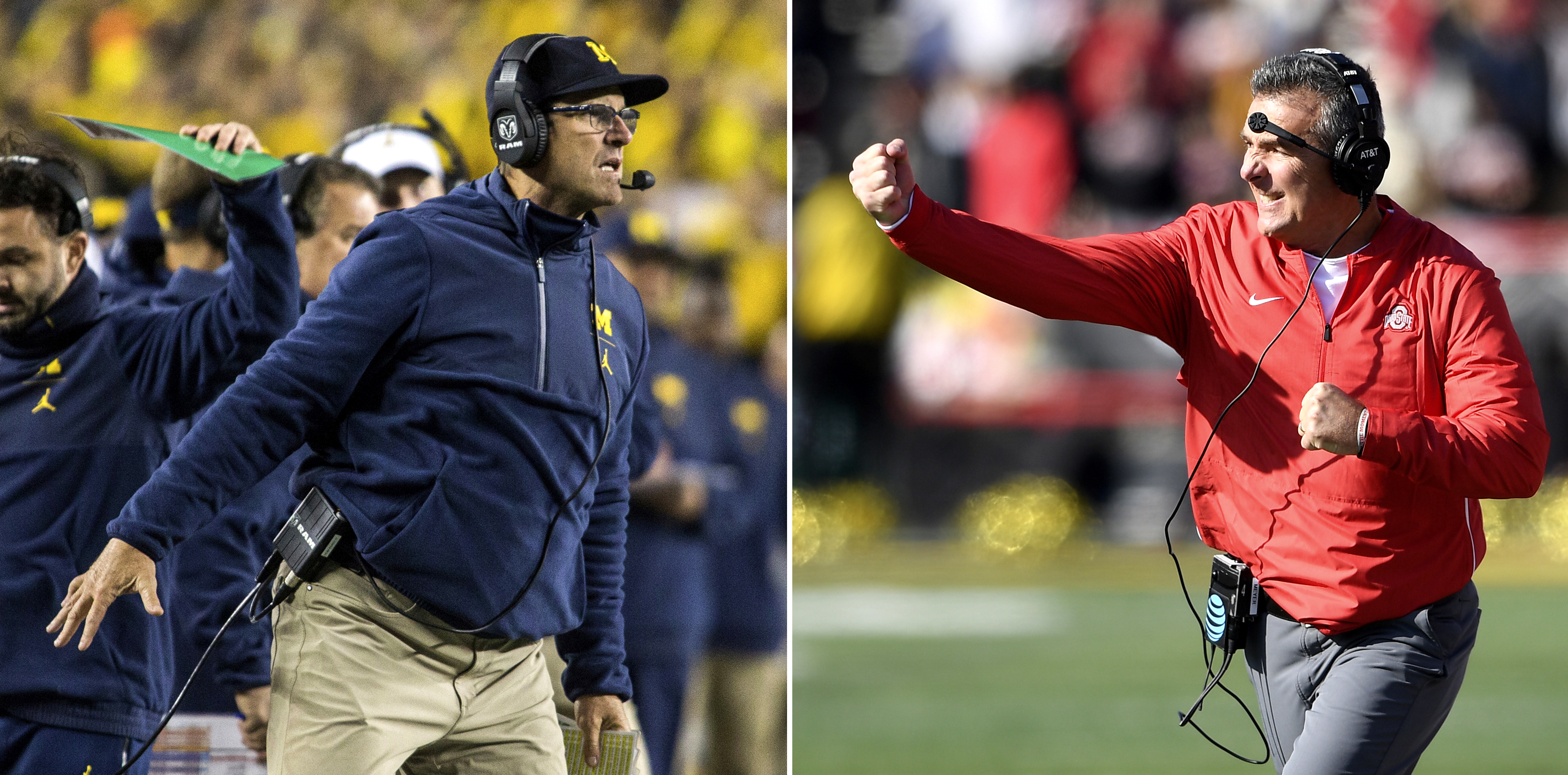
The Game, as we blithely insist on calling it, has been going on for 121 years now, a not-quite-bloodless re-enactment of a conflict that dates back to 1835.
This historical allusion is not spurious. The first time the Michigan Wolverines met the Ohio State Buckeyes the Toledo War, a very minor civil war that your high-school history might not have taught you about if you grew up in the 48 states that did not participate in it, was very much alive for the men who met in Ann Arbor in 1897. Ohio may have been granted the Toledo Strip in 1836, but Michigan, in addition to receiving her beautiful Upper Peninsula, won the rematch 36-0.
This would be the first of many lopsided victories — including one hilarious 86-0 outing — for Michigan in the early history of a contest that many have argued involves the greatest rivalry in all of sports. Since then there have been long periods in which one side or the other dominated. But certain things — grey skies, low temperatures, dominant defensive play, a feeling that what was about to happen mattered more than almost anything else in the world — have remained constant.
The Week
Escape your echo chamber. Get the facts behind the news, plus analysis from multiple perspectives.

Sign up for The Week's Free Newsletters
From our morning news briefing to a weekly Good News Newsletter, get the best of The Week delivered directly to your inbox.
From our morning news briefing to a weekly Good News Newsletter, get the best of The Week delivered directly to your inbox.
One of the many glories of Bo Schembechler's legendary tenure in Ann Arbor was his record against the Buckeyes during what many fans consider the greatest period in the history of the Game, the so-called "Ten Year War" of 1969-1978. What began with the-then head coach of Miami Ohio getting lost in a snowstorm on his way to accept an offer of $21,000 a year — less than 1 percent of what his successor earns today — ended with five wins, four losses, and one tie against Woody Hayes, his former mentor. In those days both teams played for the same goal: to beat one another, winning the Big 10 conference in the process, and proceeding to the Rose Bowl. National championships were a racket dominated by Southern schools beloved of sportswriters. Some things never change.
My own memories extend to a somewhat less remote period. Michigan football for me as a child was the golden sound of Keith Jackson's voice on ABC and my father relaxing with a beer on the couch while one of the four of us sat on his lap — feelings that defined what it meant to feel both happy and safe. Watching Charles Woodson return a punt 77 yards for a touchdown in the 1997 installment of the Game was more magical than Michigan's victory in the Rose Bowl the following January and the national championship honors we would share with Nebraska.
How it is possible to feel this way is something that I am afraid is almost impossible to convey to fans of other great schools, and to non-football fans everywhere. Bill Bonds, a legendary Detroit news personality who helped inspire Will Ferrell's character in the Anchorman films, spoke for the citizens of two states when he delivered the following rant a few days before the Game in 1985:
Michigan-Ohio State. The Wolverines, the Buckeyes. The maize and the blue, the scarlet and the grey. Two great universities, two great academic and athletic traditions. The big game. Frankly, it is a tragedy that millions of grown men and women, boy and girls, in these two great states spend so much time, so much energy on something as ferociously distorted as a college football game when our schools, our cities, the young people, the elderly are in their respective crises. How can educated men and women of conscience value — so publicly value and so cynically dedicate themselves, almost dedicate their lives to an afternoon of organized violence, a vicious game played by spoiled, oversized, overrated young who are glorified because they're a little bigger, a little faster, and somewhat more physically coordinated but innately more vicious than the average college-aged American male? This game that has two great universities groveling, kneeling, praying, adoring at the twin altars of the almighty dollar and the glorified jock while the real problems of our society are ignored pinpoints not only what is wrong with America but points out and zeroes in on the cynicism of the American news media, journalists who have also sold out, assassinated their credo, their objectivity by becoming fans of their home teams. "Fans," from the word "fanatic." So much for objectivity.To sum up my commentary in two words: Go Blue! [Bill Bonds]
The Game has, sad to say, not exactly gone Michigan's way in recent years. The Wolverines have won only twice since the turn of the century, most recently at home in 2011; the last time we triumphed in Columbus, Creed's "With Arms Wide Open" was tearing up the charts and the question of who would occupy 1600 Pennsylvania Ave. rested in the hands of election officials in a certain county in Florida. But it has not been entirely one sided of late. Two years ago, with both teams 10-1 and ranked numbers two and four, respectively, the Buckeyes won in double overtime thanks to a fourth-down call that will be debated for as long as this contest is played by the children and grandchildren of those who first saw it on television. (There is an entire cottage industry of YouTube videos that use physics to explain where the ball must have been in relation to the first-down marker.)
A free daily email with the biggest news stories of the day – and the best features from TheWeek.com
This year Dwayne Haskins returns to face Shea Patterson, the best quarterback to wear maize and blue since Brian Griese (or, if you prefer, since his backup man Tom Brady, who had a very good Orange Bowl against Alabama almost 19 years ago). Michigan has the nation's best defense, strong running backs, a disciplined offensive line, and a fleet of solid young receivers and tight ends. Once again, both teams are 10-1 and ranked in the top 10. The winner will almost certainly go to the College Football Playoff. But for the first time in many years it is the Buckeyes who have something to prove, coming off an embarrassing near-loss to an unranked Maryland team last week. Urban Meyer's future in Columbus might depend upon the outcome.
I and millions of other people in these two cold post-industrial states would not miss Saturday for anything this side of heaven.
Matthew Walther is a national correspondent at The Week. His work has also appeared in First Things, The Spectator of London, The Catholic Herald, National Review, and other publications. He is currently writing a biography of the Rev. Montague Summers. He is also a Robert Novak Journalism Fellow.
-
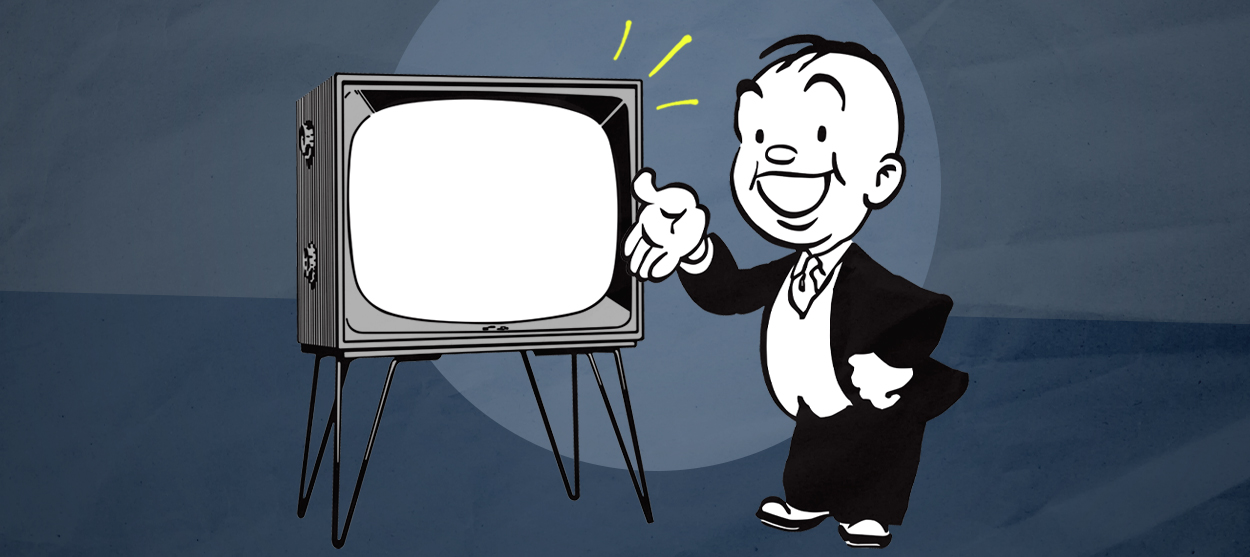 The hottest Super Bowl ad trend? Not running an ad.
The hottest Super Bowl ad trend? Not running an ad.The Explainer The big game will showcase a variety of savvy — or cynical? — pandemic PR strategies
-
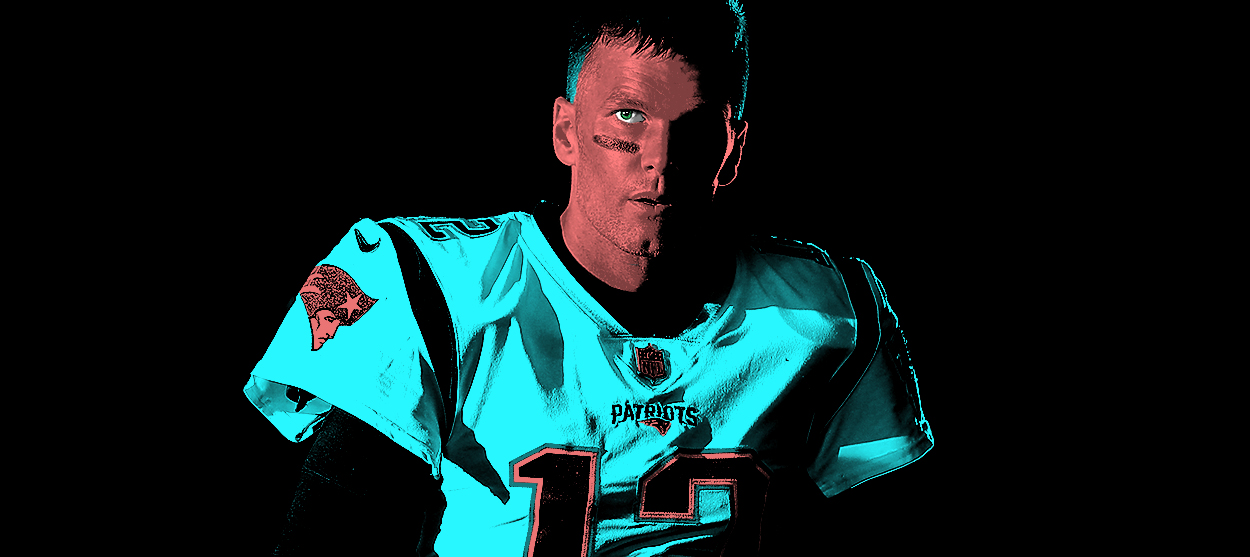 Tom Brady bet on himself. So did Bill Belichick.
Tom Brady bet on himself. So did Bill Belichick.The Explainer How to make sense of the Boston massacre
-
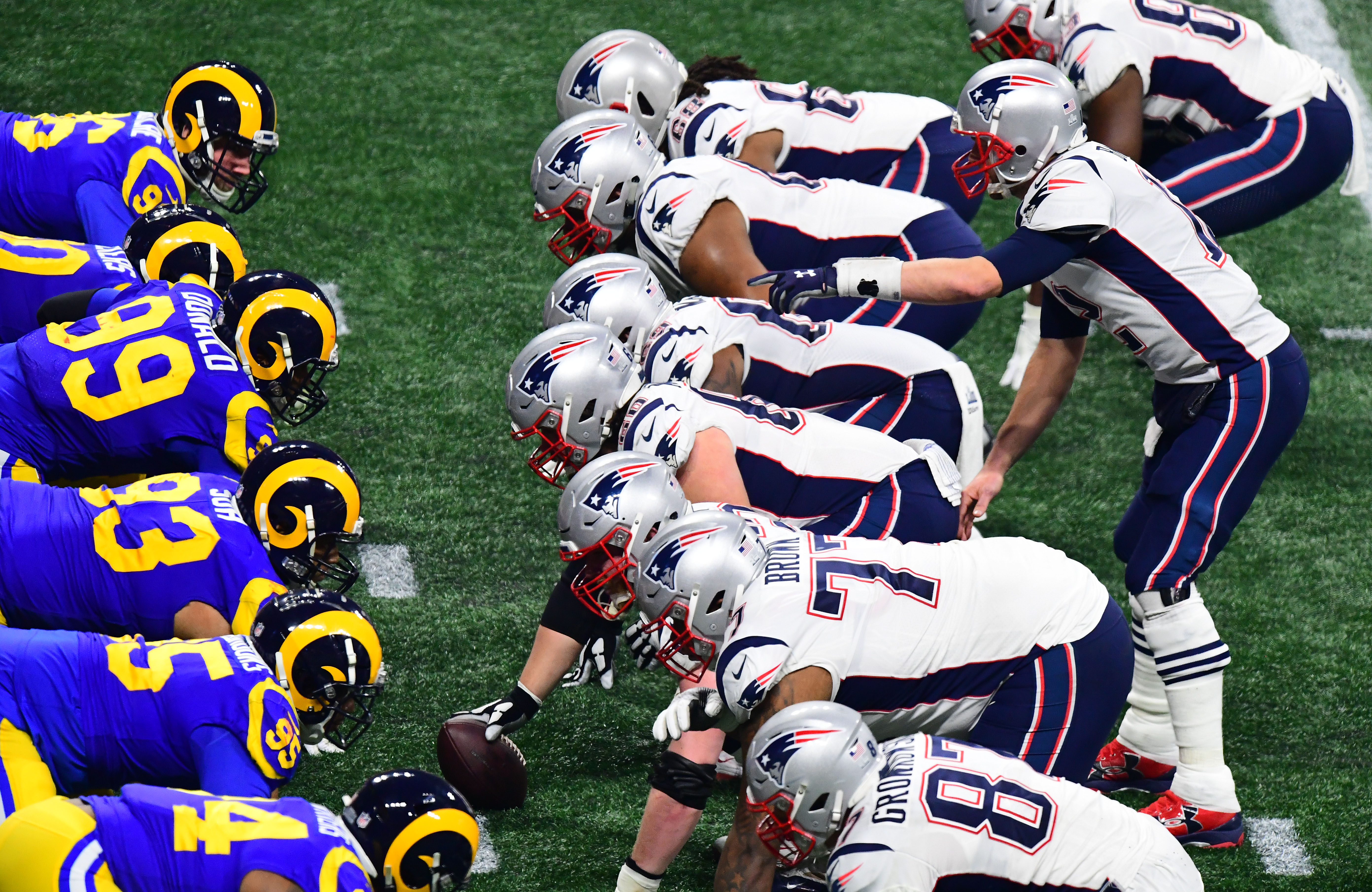 The 13 most exciting moments of Super Bowl LIII
The 13 most exciting moments of Super Bowl LIIIThe Explainer Most boring Super Bowl ... ever?
-
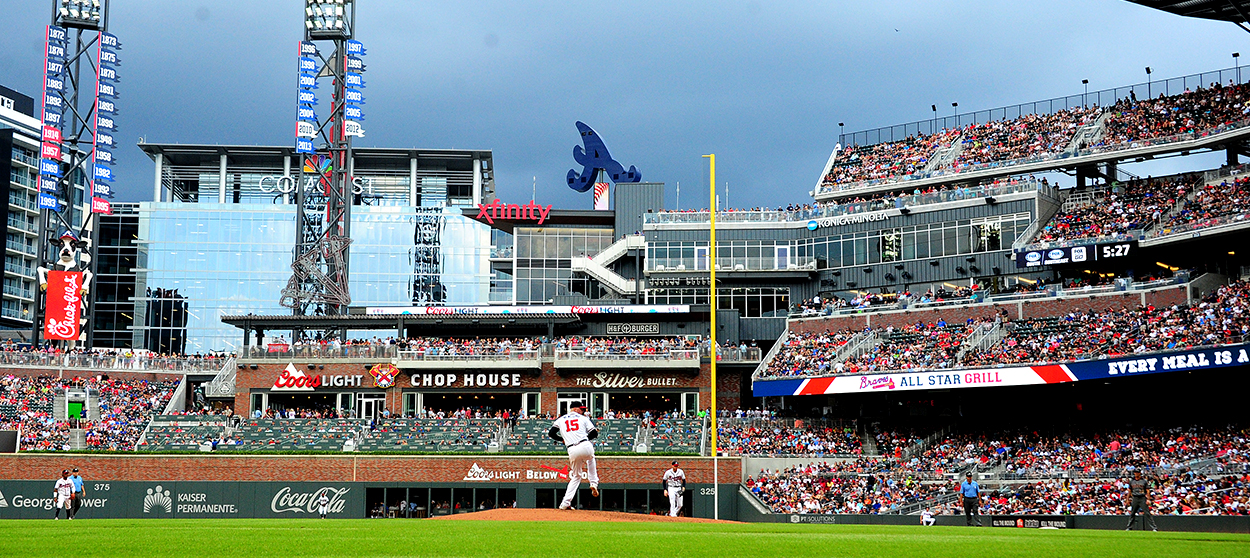 When sports teams fleece taxpayers
When sports teams fleece taxpayersThe Explainer Do taxpayers benefit from spending billions to subsidize sports stadiums? The data suggests otherwise.
-
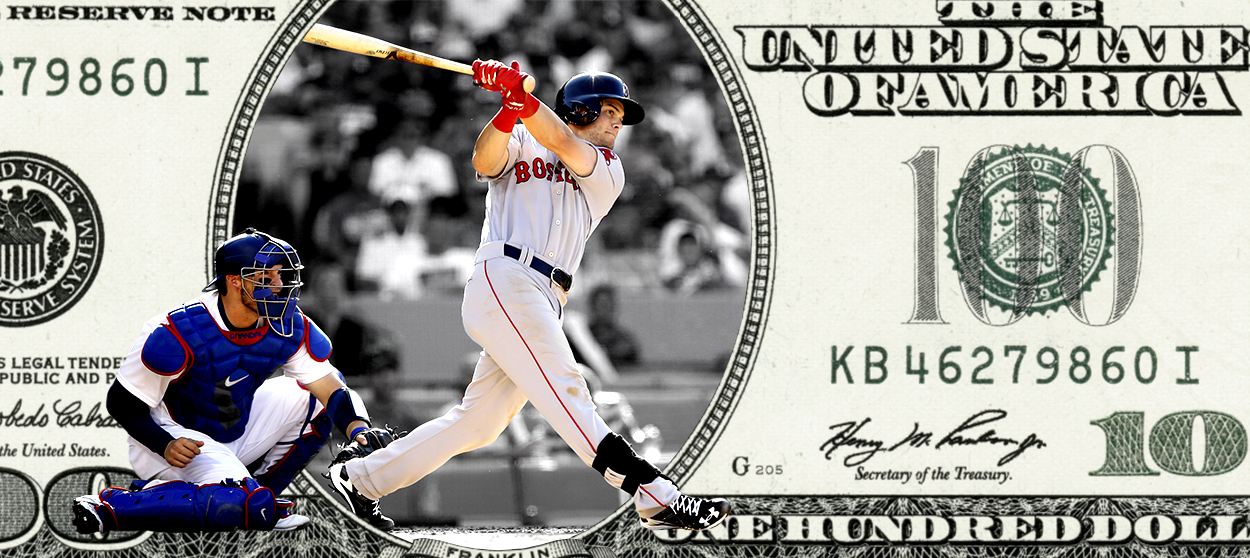 The 2018 World Series is bad for baseball
The 2018 World Series is bad for baseballThe Explainer Boston and L.A.? This stinks.
-
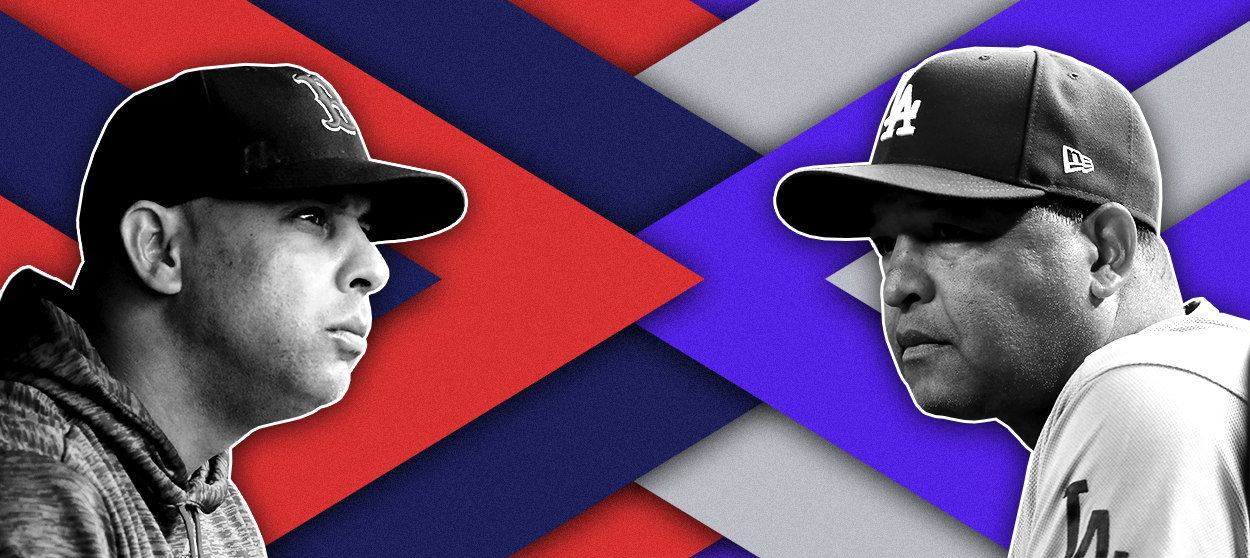 This World Series is all about the managers
This World Series is all about the managersThe Explainer Baseball's top minds face off
-
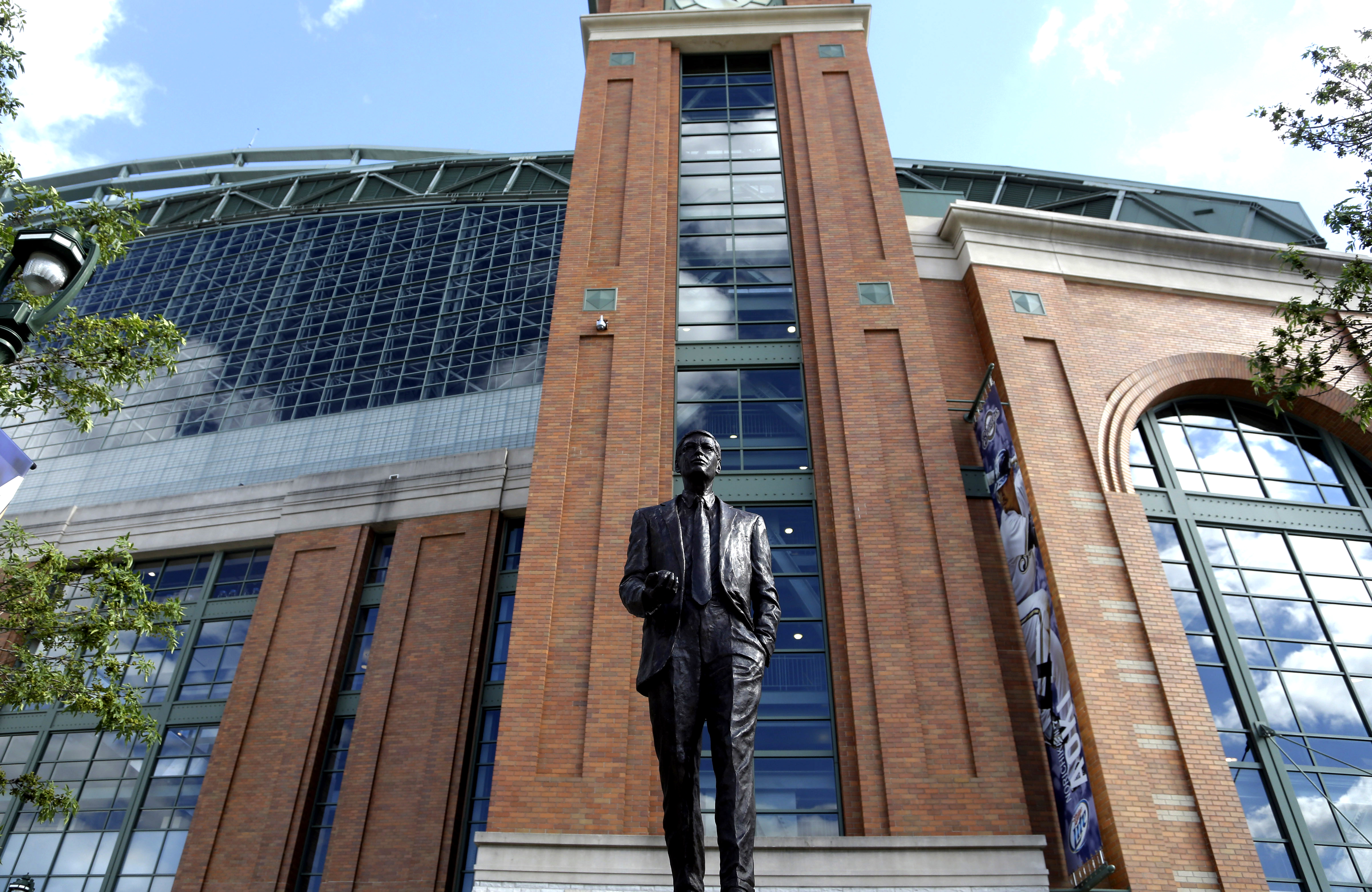 Behold, the Bud Selig experience
Behold, the Bud Selig experienceThe Explainer I visited "The Selig Experience" and all I got was this stupid 3D Bud Selig hologram
-
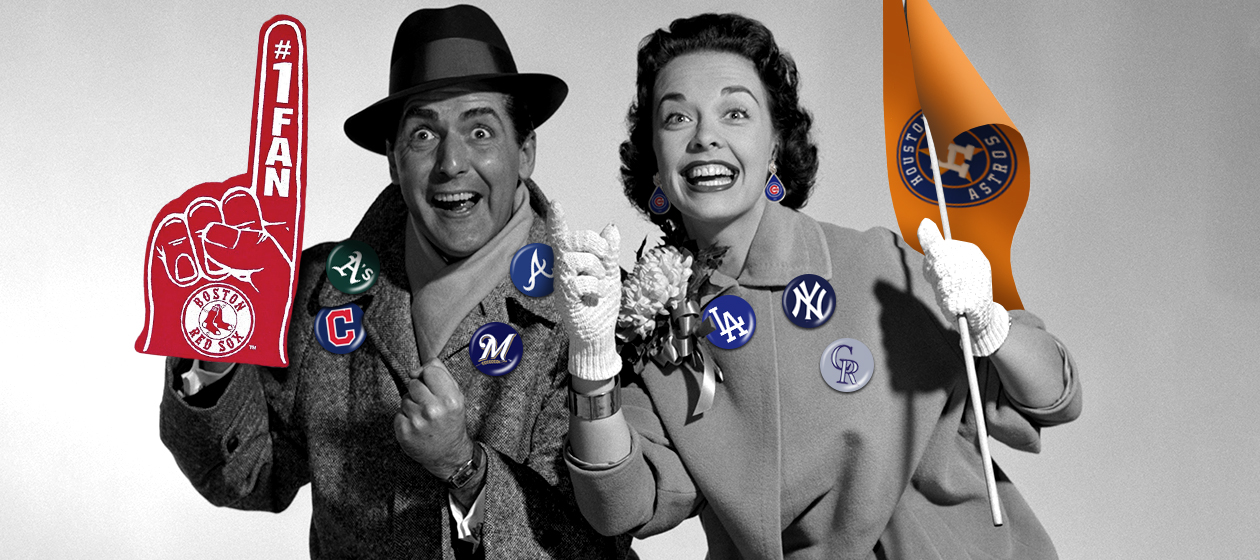 Who to root for in the MLB playoffs
Who to root for in the MLB playoffsThe Explainer Discover the pleasures of rooting for a team you had no attachments to before just this second



